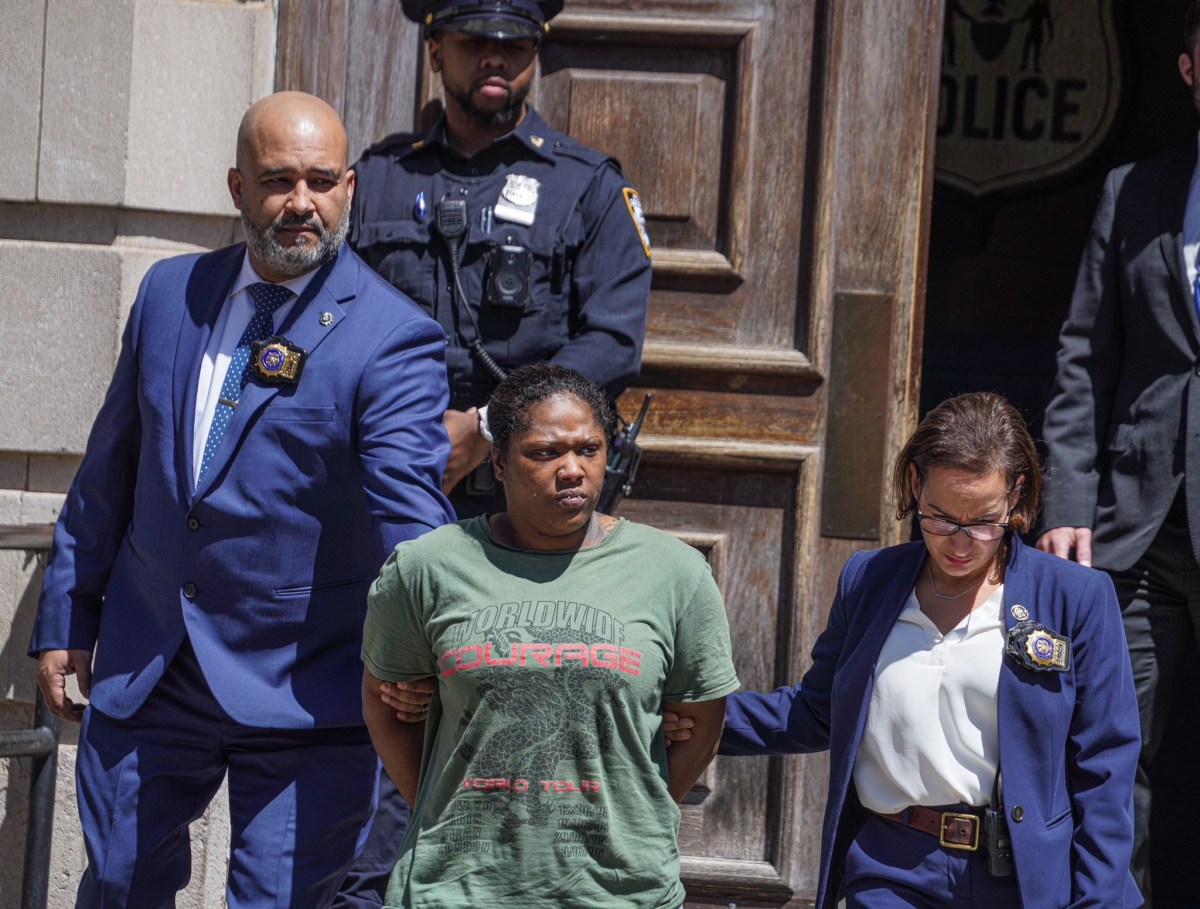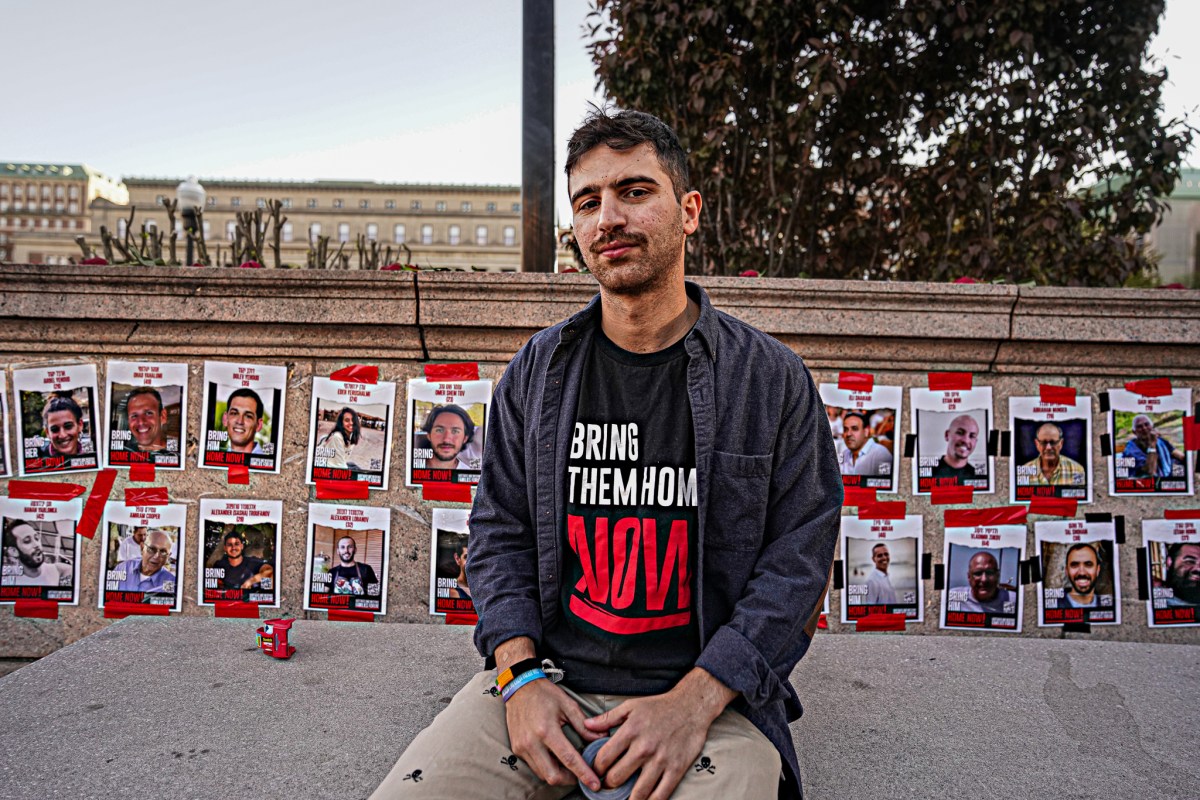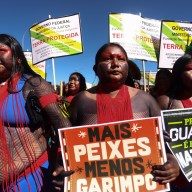Bogota shows its cultural side during an annual carnival.
Drug cartels, guerrillas, kidnapping and cocaine — this is how many tourists perceive Colombia. It’s no wonder. A visit to Canada’s Consular Affairs website would make anyone paranoid. Its travel advisory for Colombia reads like a political horror flick.
It warns: “The presence of armed drug traffickers, guerrilla and paramilitary organizations … pose a major risk to travellers, as these groups continue to perpetrate attacks, extortion, kidnappings, car bombings, and damages to infrastructure in these areas. Landmines have also been reported.”
After reading that, I couldn’t help but feel nervous about my visit to Pablo Escobar country.
Prepped for a war zone, what I saw in Bogota shocked me. The capital city was clean and cosmopolitan with modern buildings, happening nightclubs and well-dressed civilians. The old town was picture perfect with cobblestone alleys and charming colonial architecture. Walking the streets solo, I felt perfectly safe. No guerrillas or drug traffickers looking to kidnap me; no one planting kilos of cocaine in my backpack.
Everywhere I went, people went out of their way to take me under their wing and help me. From directions, to sharing restaurant recommendations, to just saying “Ola” in the streets, the Colombia people were incredibly friendly and welcoming.
Many of them wanted to show me how wrong the stereotypes were: “There is much more to Colombia than cocaine and conflict,” said one young woman I spoke with. Born in Bogota, this English student was very proud of her country. “Colombia has so much culture, tradition and style,” she said. It’s the home of both Nobel Prize winning writer Gabriel Garcia Marquez and pop sensation Shakira.
After a few days in Colombia, I knew. The country with the bad-ass reputation, the country plagued with negative news headlines, is one of the most beautiful and friendliest places I’ve visited in Latin America.
julia dimon/for metro toronto
Soldiers with machine-guns are common in downtown Bogota.
I’m not saying there aren’t problems. History shows violent clashes between paramilitary and rebels in remote regions of the country. Pick up a newspaper and you’ll see the conflict continues today, but, when spending time as a tourist in Bogota, you’d never know it.
True, there are hints that all is not perfect. Military men are dressed in army fatigues, machine-guns slung over their shoulders like a purse. Some of them looked as young as 15, with smooth baby skin and peach fuzz for facial hair.
It’s strange to see a soldier on the corner with an AK-47, but it actually made me feel safer. As if someone is out there, watching my back. Tourism is an important and growing industry in Colombia, so keeping the tourists safe is good for business.
But where are the tourists? There were only a few gringos wandering the streets. I seemed to be one of the only ones. And I couldn’t help but wonder: is this low tourist season? Or are people are just too scared to visit?
Behind the stereotype, Colombia is a real gem — a reality that newspaper headlines and travel advisories always forget to mention.
Julia Dimon is editor of The Travel Junkie, an online magazine for independent travellers. She can be reached at www.thetraveljunkie.ca.
















